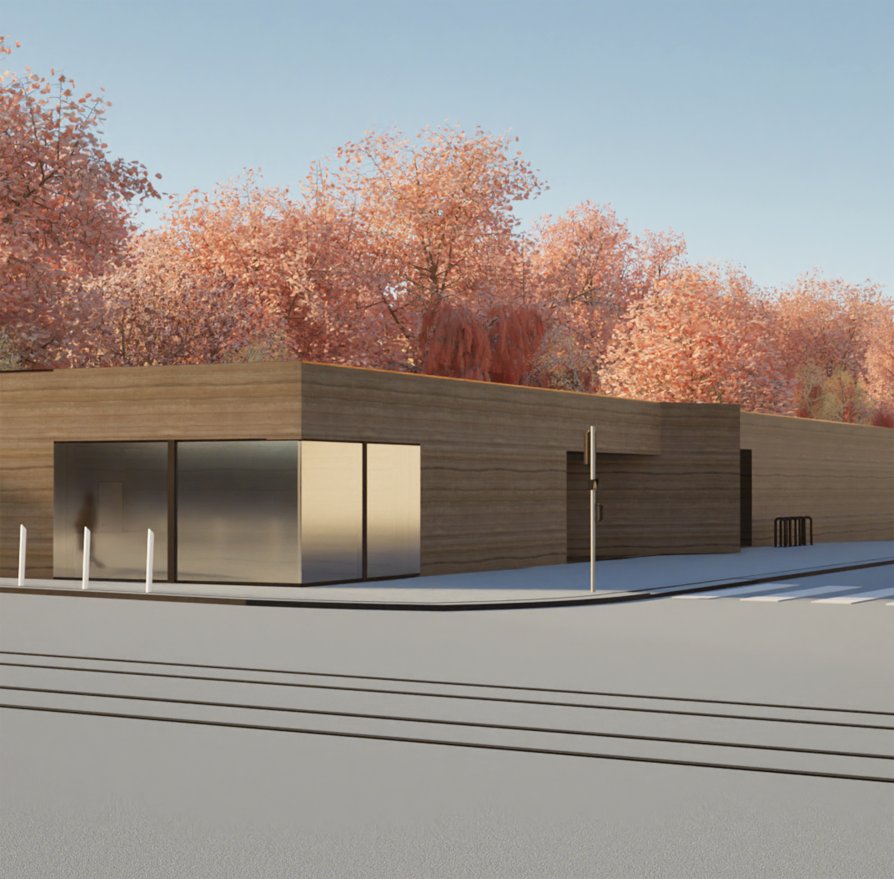Final projects

Post-Dust
Architecture and Urbanism, Bachelor Project

Annotation
The architectural concept of the building lies in the boundary between life and death. The boundary itself is a dividing line that strictly separates things and can only be crossed under certain conditions. A person can cross the boundary of life only by dying but what if one crosses the boundary of death? No one knows. Yet there is one place where these boundaries meet and can be crossed while still alive. That place is the cemetery. Cemeteries, the places of final rest for our loved ones, are embedded within the city, yet they are always separated by a wall or a fence. We visit them to honor those dear to us. These places of final rest are meant to be paradises, sacred grounds, and homes for the dead. However, they do not always appear that way. Cemetery management faces many challenges, especially due to the increasing number of cremated deceased. Scattering meadows are struggling to absorb the ashes, columbaria fall victim to vandalism, and urn graves are reshaping cemetery urbanism. The proposed structure is a place for the living to remember. Triangular floor plans with central atriums are designed to resemble thorns that pierce the heart after losing a loved one. The atriums represent the empty spaces they leave behind spaces that, over time, are filled with something new. These gardens are intended to be paradises for the deceased, sacred grounds that only those laying their loved ones to eternal rest may enter. Others may look through large glazed windows into the atrium as their loved one becomes part of the green paradise. This entire process can also be observed from the accessible roof, through which trees grow. Mourners can touch the tree beneath which their loved one has been laid to rest. This is the essence of the spatial division. The interior is the domain of the dead (earth), where we place the remains of our loved one. The roof is the realm of the living (heaven), where we draw closer to their soul. In a figurative sense, it is a city above a city a city of the living above a city of the dead, right on the boundary between life and death
